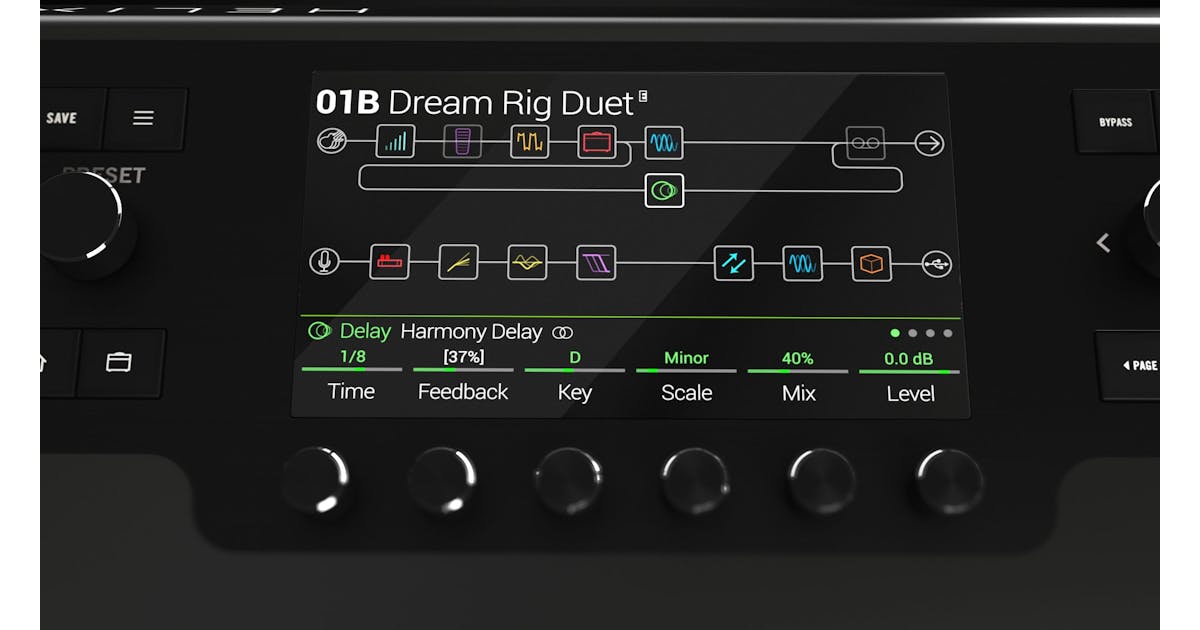CandidPicker
Tone Matters. Use It Well.
In recent days, my thoughts have turned towards a wider range of creative process; that is, owning a multi-effects board that can act as a pre-amp for a powered amp or PA speaker.
Although I'm not a mind reader, several folks have made known on this forum that they prefer specific FX boards over individual and groups thereof, effects, simply because the multi-effects offer the wider range of FX and amp/cab options, whereas the individual grouping of FX is limited in their functionality.
So, I've taken this to my Sweetwater sales rep, who has not worked extensively with the particular product I've thought of, but can speak with his product representatives and communicate with me his findings of the product in question.
So, without influencing your ideas or philosophy regards multi-FX, what multi-FX products have you found particularly easy to use, with comparatively simple user-interfaces, with deep-dive capabilities for tweaking or modifying parameters, and lastly, an affordable price-tag for us budget-conscious folks who might wish to save some cash on a good deal...?
(Will follow up with my research and the Q/A my research revealed...)
Although I'm not a mind reader, several folks have made known on this forum that they prefer specific FX boards over individual and groups thereof, effects, simply because the multi-effects offer the wider range of FX and amp/cab options, whereas the individual grouping of FX is limited in their functionality.
So, I've taken this to my Sweetwater sales rep, who has not worked extensively with the particular product I've thought of, but can speak with his product representatives and communicate with me his findings of the product in question.
So, without influencing your ideas or philosophy regards multi-FX, what multi-FX products have you found particularly easy to use, with comparatively simple user-interfaces, with deep-dive capabilities for tweaking or modifying parameters, and lastly, an affordable price-tag for us budget-conscious folks who might wish to save some cash on a good deal...?
(Will follow up with my research and the Q/A my research revealed...)









